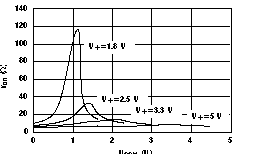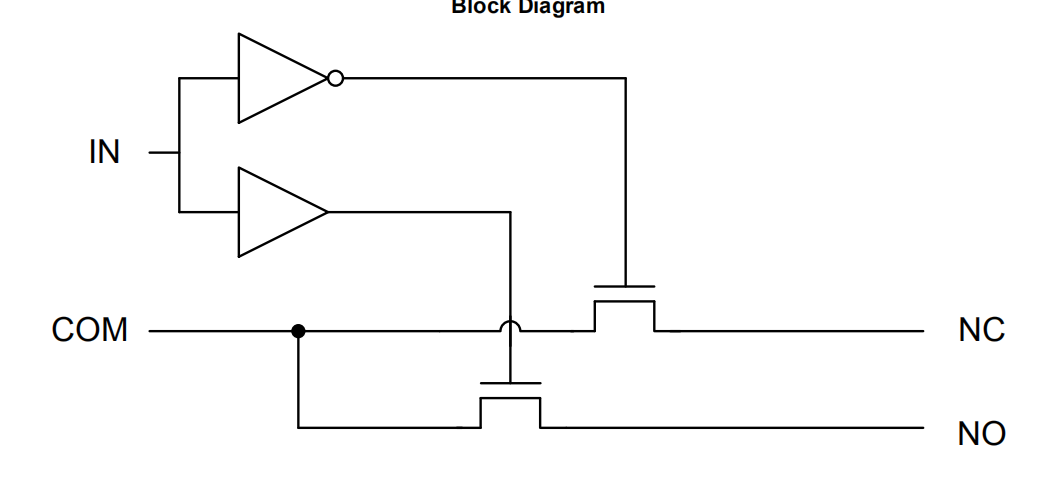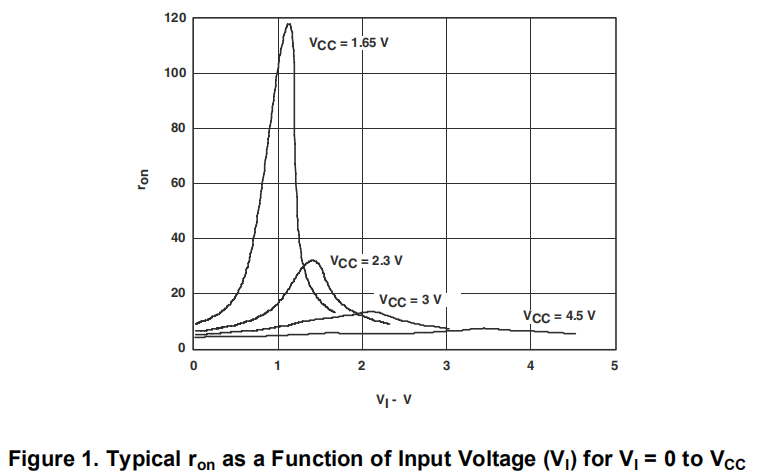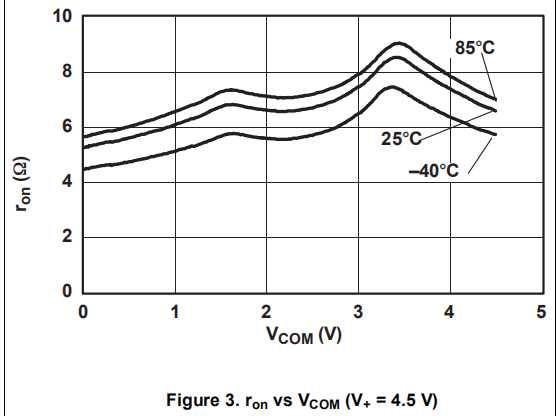Other Parts Discussed in Thread: SN74CB3T3257, SN74LVC1G3157, SN74CBT3257
Hi, Team,
We are considering using ts5a3157 in a sampling detector circuit and not lack of informantin about the noise performance. Per our understanding , there must have a charge pump inside and if we use the VCC=5V,
does the pump work in that condition? If does, what would be the leakage to signal path and how is the frequency?
Best Regards,
James





